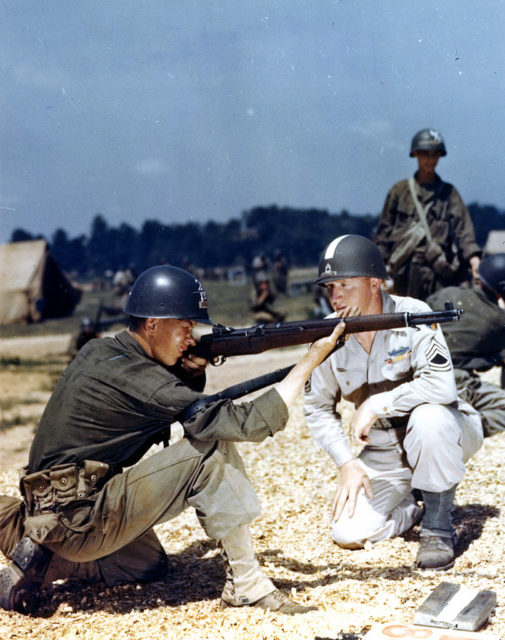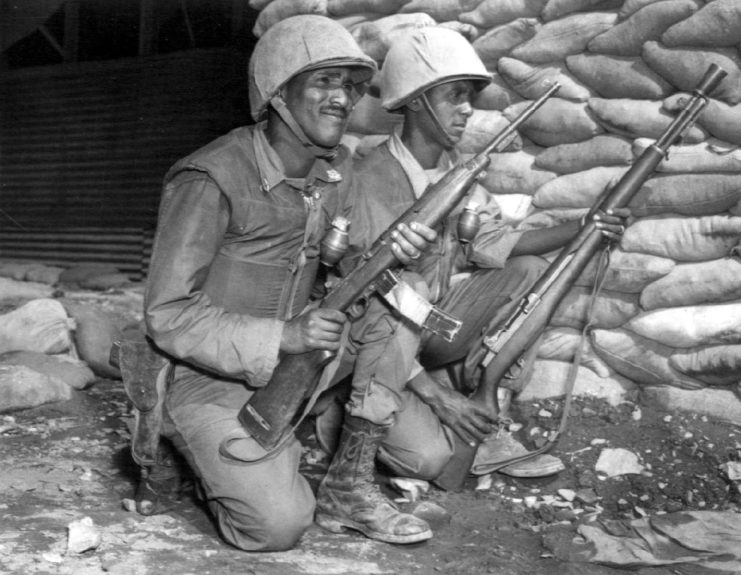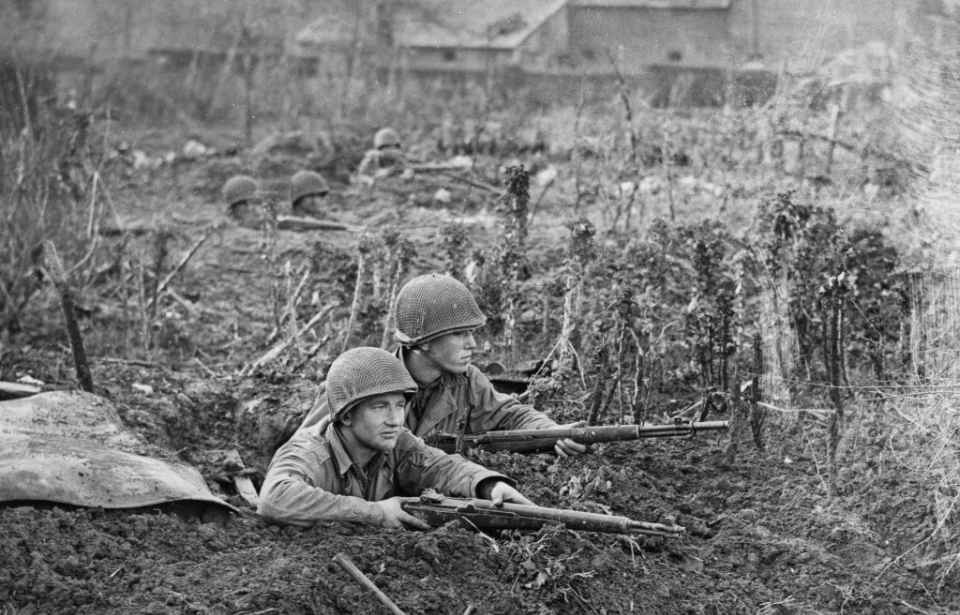Of the many guns to see combat during the Second World War, the M1 Garand was the first standard issue autoloading rifle used by the United States. It was the service rifle assigned to troops in both World War II and the Korean War, and saw use in many other conflicts in the years to follow.
The M1 Garand was considered a good rifle, and it performed well in battle. In fact, it held such a great reputation that Gen. George Patton went so far as to call it “the greatest battle implement ever devised.”
Development of the M1 Garand
The M1 Garand was created by, and named after, John Garand, an engineer at the US Army‘s Springfield Armory. From Canada, Garand moved to the US, where he was given the opportunity to design his own firearm. He submitted his first concept for a light machine gun, the Model 1919, to the US Navy during the First World War.
While the idea was rejected, Garand was given a job as a weapons designer and eventually transferred to Springfield.

In the 1930s, the Army wanted a replacement for the M1903 Springfield. Garand’s solution was the M1. It was designed in 1932 and went into production four years later. The new rifle had a gas-operated system, which expelled old cases and inserted new ones into the chamber. It also used an en-bloc clip with eight rounds, which ejected alongside the last cartridge, while another mechanism held the bolt open for a new clip.
This feature gave the gun its controversial “ping.”
The “ping” and other flaws with the M1 Garand
One of the supposed flaws of the M1 Garand had to do with the “ping” sound it made when empty, which told the enemy its user was out of ammunition. This gave them the opportunity to jump on the defenseless soldier. While many believe this was detrimental to the one wielding the rifle, it has proven to be somewhat of a myth.
When WWII veterans were interviewed about using the M1, they revealed they actually liked the ping, as it was a tangible reminder to reload their weapons. In a study involving 315 servicemen who used the M1 in Korea, only 85 of them felt the noise was helpful to the enemy. Forty-three of those surveyed felt like it didn’t matter, while a whopping 187 believed it was helpful to know when to reload and, therefore, should stay as part of the the design.
Other minor flaws attributed to the M1 were that it was somewhat bulky and heavy, making it difficult for troops with smaller hands to use. When it was fully loaded with a bayonet and sling, it weighed up to 11.6 pounds, roughly two and a half more than the M1903. It also couldn’t be loaded with individual rounds and could only use clips that contained eight or more.
Use during the Second World War
When the US officially went to war, the Springfield Armory began working nonstop to manufacture the M1 Garand. At peak efficiency, the factory could produce an impressive 1,300 rifles per shift. Throughout the course of the war, roughly 5.4 million M1s were made.
The majority of US servicemen were using the rifle by 1941, with the US Marine Corps adopting the M1 by 1944. The firearm saw use in a number of campaigns, including in the Solomon Islands, North Africa, the Gilbert Islands and throughout the European Theater. The weapon proved effective enough for the Imperial Japanese forces to change their tactics.

Despite some complaints about the M1, many troops began to swap out their weapons for it where possible. M1 Carbines, for example, were used heavily in France during D-Day, but once the time came for Allied troops to push inland, they quickly replaced them with M1s, which more easily blasted through obstacles in both cities and along the countryside.
The M1 Garand’s use following the Second World War
After the Second World War ended, the US repaired and rebuilt many of the M1 Garands that had been used overseas. When the country went to war in Korea, they were used again, along with over 300,000 newly-built guns.
The Korean War brought a whole new set of challenges for the M1. In particular was the concern the rifle would freeze shut during the cold winter of 1950 and ’51. Troops solved the issue by removing the lubricating grease and oil.

More from us: M1919 Browning: An Innovative and Revolutionary Firearm
By the late 1950s, the M1 Garand had been replaced by the M14 rifle, which was also developed by Garand at the Springfield Armory. Despite this, the weapon was still used by many in the US military, as well as by other nations. Many M1s were supplied to Southern Vietnamese forces during the Vietnam War, and dropped rifles were picked up by the Viet Cong. It was also the main weapon used by US forces during the 1961 Bay of Pigs Invasion in Cuba.
